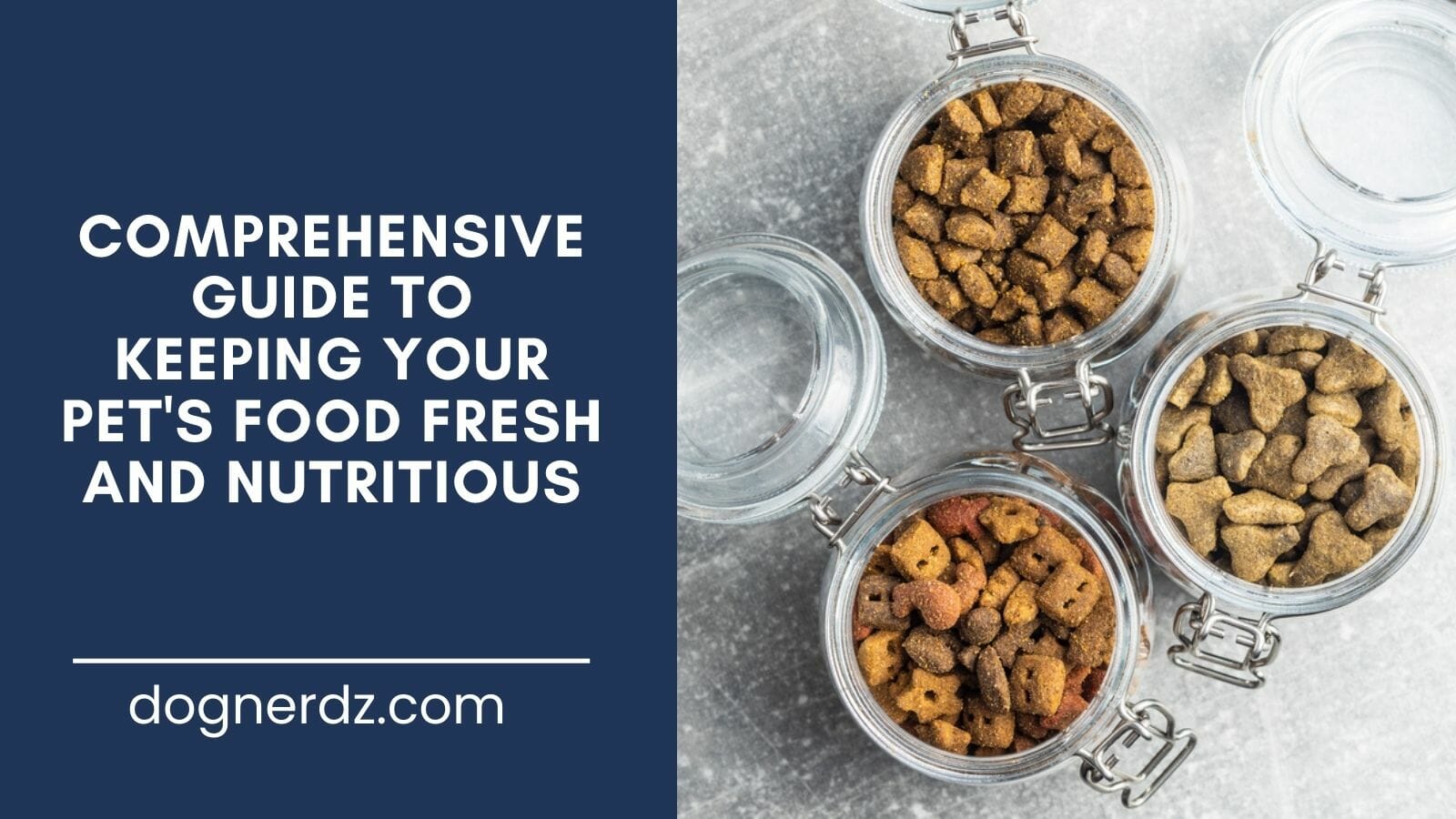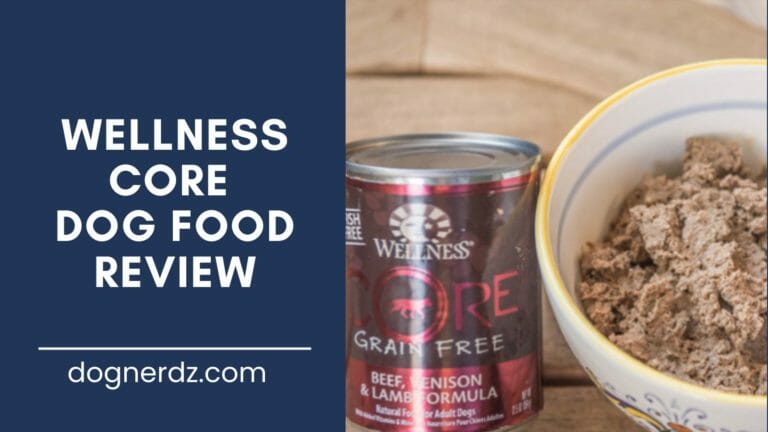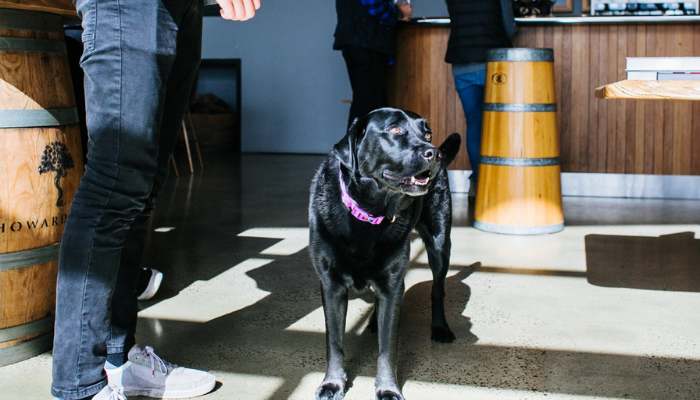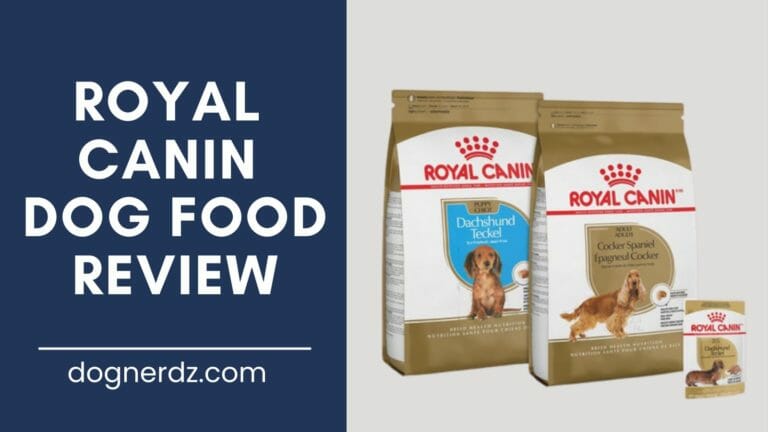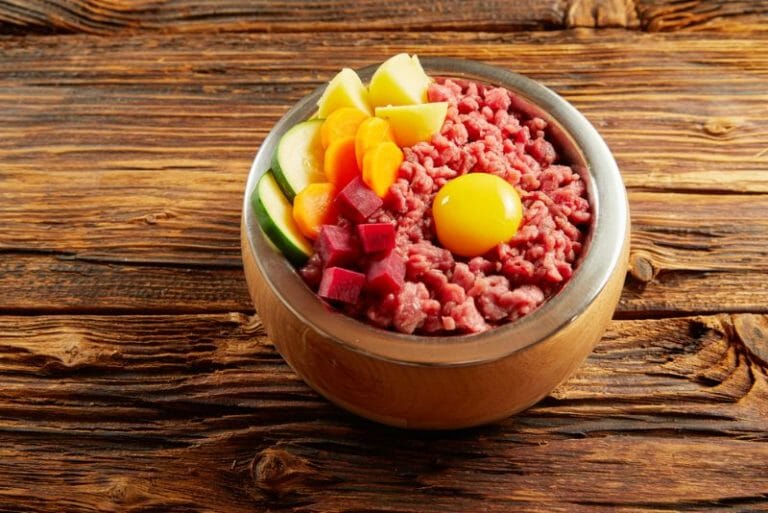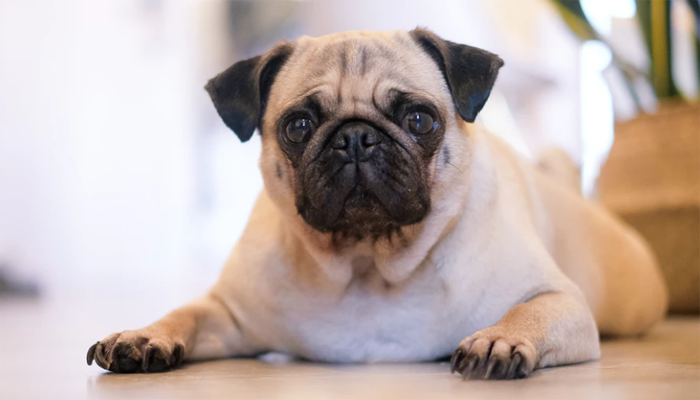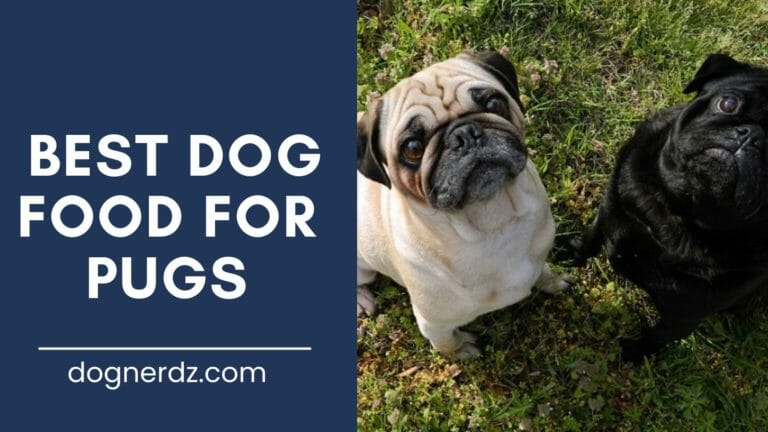Mastering Dog Food Storage: A Comprehensive Guide to Keeping Your Pet’s Food Fresh and Nutritious
Properly storing dog food is essential for maintaining its nutritional value and ensuring the health and safety of your furry friend. In this article, we’ll explore the importance of proper dog food storage and provide you with guidelines for storing different types of dog food. We’ll also discuss special considerations for storing dog food in different climates, during travel, and in emergencies or for long-term storage. So let’s dive in and learn how to keep your pup’s food fresh and delicious!
Table of Contents
Understanding Dog Food
Before we delve into the specifics of dog food storage, let’s quickly review the different types of dog food available. The most common types are dry, wet, and raw.
Dry dog food, also known as kibble, is the most popular choice among dog owners. It’s convenient, has a long shelf life, and promotes good dental health by helping to remove plaque and tartar.
Wet dog food, also called canned food, is a great option for dogs with dental issues or those who prefer a wetter texture. It typically contains higher moisture content and can be more palatable for picky eaters. (See recommended food for picky dogs)
Raw dog food, also known as a raw or BARF (Biologically Appropriate Raw Food) diet, consists of uncooked meat, bones, fruits, and vegetables. This type of diet aims to mimic a dog’s natural diet in the wild.
The Importance of Proper Dog Food Storage
Properly storing dog food is crucial for preserving its nutritional value and preventing spoilage. Exposure to air, light, heat, and moisture can degrade the quality of dog food and lead to nutrient loss. In fact, a study on dry dog food found that improper storage conditions can significantly impact the thiamine content of the food (source: Veterinary Medicine International).
Improperly stored dog food can also pose health risks to dogs. Bacteria, mold, and other contaminants can thrive in improperly stored food, potentially causing digestive issues, food poisoning, and other health problems.
General Guidelines for Storing Dog Food
Now that we understand the importance of proper dog food storage, let’s explore some general guidelines for storing different types of dog food.
Storing Unopened Dog Food
When storing unopened dog food, it’s essential to keep it in a cool, dry place away from direct sunlight. Ideally, the temperature should be between 50-70°F (10-21°C) to maintain the food’s quality.
It’s also crucial to keep the food in its original packaging, which is designed to preserve freshness and protect it from contaminants. Avoid transferring the food to other containers unless necessary.
Storing Opened Dog Food
Once you’ve opened a bag or can of dog food, it’s important to take extra precautions to maintain its freshness.
For dry dog food, reseal the bag tightly after each use and store it in a cool, dry place. Consider using airtight containers to further protect the food from exposure to air and moisture.
For wet dog food, refrigerate any unused portion promptly. Transfer the remaining food to a clean, airtight container and label it with the date it was opened. Wet dog food can spoil quickly, so it’s best to use it within 2-3 days.
How to Store Dry Dog Food
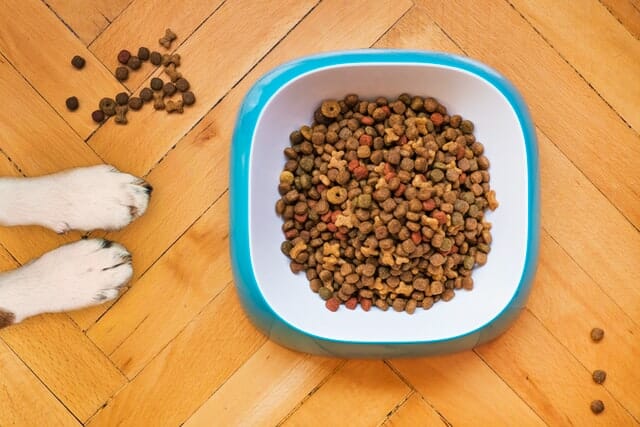
To store dry dog food properly, follow these step-by-step guidelines:
- Choose the right container: Use a clean, food-grade plastic or metal container with an airtight lid. Avoid using containers made of porous materials like cardboard or paper, as they can absorb moisture and odors.
- Clean the container: Before adding the food, wash the container with hot, soapy water and rinse it thoroughly. Ensure it’s completely dry before transferring the food.
- Fill the container: Pour the dry dog food into the container, leaving some space at the top for easy scooping and to prevent spillage.
- Seal the container: Close the lid tightly to create an airtight seal. This will help prevent the food from becoming stale and keep pests out.
- Store in a cool, dry place: Find a cool, dry spot in your home to store the container. Avoid areas that are exposed to direct sunlight or fluctuating temperatures, such as near a window or next to a heating vent.
Tips for prolonging the shelf life of dry dog food:
- Purchase smaller bags of dog food if you have a smaller dog or if your dog doesn’t eat much. This will help prevent the food from going stale before it’s consumed.
- Keep track of the expiration date and use the oldest food first to ensure freshness.
- Avoid storing dry dog food in the garage or outdoor shed, as these areas can be prone to temperature fluctuations and pests.
Common mistakes to avoid when storing dry dog food:
- Don’t mix old and new food together. This can lead to the old food becoming stale and losing its nutritional value. Know how to tell if dry dog food is bad.
- Avoid storing dry dog food in the original bag without an airtight seal. The bag is not designed for long-term storage and may not provide adequate protection against contaminants.
How to Store Wet Dog Food
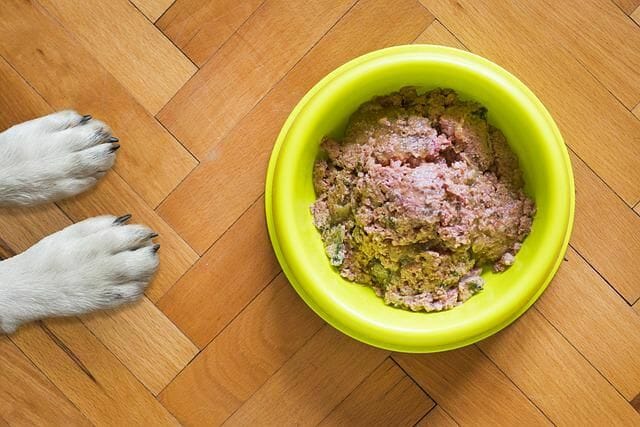
To store wet dog food properly, follow these step-by-step guidelines:
- Refrigerate promptly: After opening a can of wet dog food, transfer any unused portion to a clean, airtight container and refrigerate it immediately.
- Label the container: Use a marker or label to write the date the can was opened on the container. This will help you keep track of how long the food has been stored.
- Store in the refrigerator: Find a designated spot in your refrigerator for storing the container of wet dog food. Keep it away from raw meat and other perishable items to prevent cross-contamination.
- Use within 2-3 days: Wet dog food can spoil quickly, so it’s best to use it within 2-3 days of opening. Discard any remaining food after this time.
Tips for prolonging the shelf life of wet dog food:
- Purchase smaller cans or pouches of wet dog food if your dog doesn’t eat a full can in one sitting. This will help minimize waste and ensure freshness.
- Keep the can or container tightly sealed when not in use to prevent the food from drying out or absorbing odors from the refrigerator.
Common mistakes to avoid when storing wet dog food:
- Don’t leave opened cans of wet dog food sitting out at room temperature for an extended period. Bacteria can grow rapidly in moist environments, potentially leading to foodborne illnesses.
- Avoid freezing wet dog food. Freezing can alter the texture and quality of the food.
How to Store Raw Dog Food
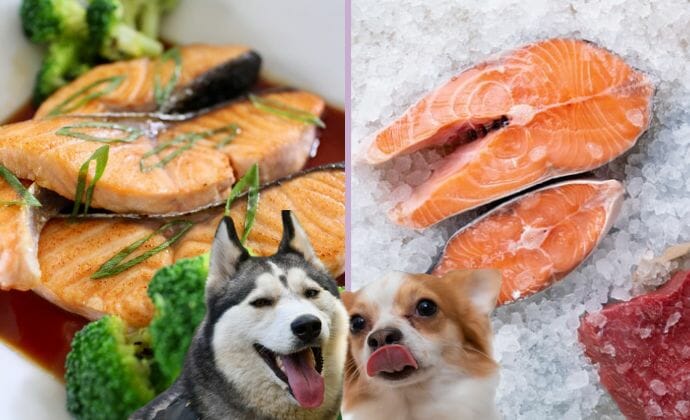
To store raw dog food properly, follow these step-by-step guidelines:
- Keep it frozen: Raw dog food should be stored in the freezer until ready to use. Freezing helps preserve the nutrients and prevents the growth of bacteria.
- Divide into portions: If you purchase raw dog food in bulk, divide it into individual portions before freezing. This will make it easier to thaw and serve the appropriate amount for each meal.
- Use freezer-safe containers: Place the raw dog food portions in freezer-safe containers or resealable bags. Make sure they are airtight to prevent freezer burn and contamination.
- Thaw in the refrigerator: When it’s time to feed your dog, thaw the frozen raw food in the refrigerator. This slow thawing process helps maintain the food’s quality and reduces the risk of bacterial growth.
Tips for prolonging the shelf life of raw dog food:
- Keep raw dog food frozen until ready to use. Thaw only the portion you need for each meal.
- Use the oldest raw dog food first to ensure freshness.
- Avoid refreezing raw dog food once it has been thawed.
Common mistakes to avoid when storing raw dog food:
- Don’t thaw raw dog food at room temperature or in the microwave. These methods can promote bacterial growth and increase the risk of foodborne illnesses.
- Avoid leaving raw dog food out for extended periods. It should be treated like any other perishable food item and kept refrigerated or frozen.
Special Considerations for Dog Food Storage
In addition to the general guidelines, there are some special considerations for storing dog food in different climates, during travel, and for emergencies or long-term storage.
Storing Dog Food in Different Climates
If you live in a hot, cold, or humid climate, it’s important to take extra precautions when storing dog food.
Hot climate: In hot climates, store dog food in a cool, air-conditioned area to prevent spoilage. Avoid storing it in the garage or outdoor shed, as these areas can become extremely hot.
Cold climate: In cold climates, be mindful of freezing temperatures. If your dog food freezes, it can affect the texture and quality. Consider storing it in a warmer area of your home or using insulated containers.
Humid climate: In humid climates, moisture can quickly spoil dog food. Use moisture-absorbing packets or silica gel packets in the storage containers to help prevent moisture buildup.
Storing Dog Food During Travel
When traveling with your dog, it’s important to ensure their food stays fresh and safe to consume.
For short trips, pack enough dog food for the duration of the journey in airtight containers or resealable bags. Keep the food in a cooler or insulated bag to maintain its freshness.
For longer trips, consider purchasing single-serve packets or pre-portioned meals to minimize the risk of spoilage. Alternatively, freeze individual portions of raw dog food and pack them in a cooler with ice packs.
Storing Dog Food for Emergencies or Long-Term Storage
In case of emergencies or for long-term storage, it’s crucial to have a plan in place to ensure your dog has access to safe and nutritious food.
Store an emergency supply of dog food that can last at least two weeks. Choose options with a long shelf life, such as freeze-dried or dehydrated dog food. Make sure to rotate the food regularly to maintain its freshness.
Conclusion
Properly storing dog food is essential for maintaining its nutritional value and ensuring the health and safety of your furry friend. By following the guidelines we’ve discussed, you can keep your pup’s food fresh, delicious, and free from contaminants. Remember to store unopened dog food in a cool, dry place, and use airtight containers for opened food. Whether you’re storing dry, wet, or raw dog food, maintaining the right conditions and avoiding common mistakes will help keep your dog healthy and happy. So, go ahead and give your pup the best by storing their food properly!

